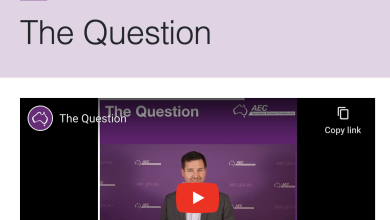Gestational Diabetes: What To Expect
Swetha Purba was in shock after learning she had gestational diabetes mellitus (GDM) in her first pregnancy.
“It was a bit of a blow,” the mother of four said. “I’ve always had a very fast metabolism, and didn’t really have to work very hard to be slim…and probably didn’t eat very well prior to that.
“The most stressful thing was I really didn’t want to become insulin dependent so I became very rigorous about managing it with diet and exercise.”
Western Sydney has a large multicultural population with a high proportion of people with a South East Asian or Indian background of which gestational diabetes is highly prevalent in women of a child-bearing age.
Recent years have seen a dramatic growth of GDM in western Sydney, with the rate approaching 18 per cent of all pregnancies, predominantly in at-risk ethnic groups.
About 30 per cent of the children of gestational diabetes are likely to develop type 2 diabetes.
In collaboration with Western Sydney Diabetes, Healthy Living Toongabbie (HLT) is holding an online community forum on Thursday, March 25, called Gestational Diabetes: What to Expect When You’re Expecting.
HLT is a group of passionate Toongabbie health practitioners, business people and residents concerned at the high number of residents in their community with Type 2 diabetes and prediabetes.
Ms Purba, who has an Indian background, will join guest speakers Dr Mani Manoharan, endocrinologist at Liverpool and Fairfield hospitals, and Professor Vicki Flood, from Western Sydney Local Health District and University of Sydney, to discuss her journey with GDM.
HLT President Monica Boules said the statistics of GDM are “alarming”.
“Half of these mothers will develop type 2 diabetes within 10 years,” Ms Boules said.
Dr Manoharan will discuss ‘A Sweet Pregnancy: Myths, Dos and Don’ts’, such as “you’re eating for two”, while Professor Flood will present a live healthy food demonstration on how to practically incorporate key nutrients into your diet.
“It’s not like eating for two; it is not more food, it’s the same amount,” Dr Manoharan said. “It’s how you change your eating pattern.”










